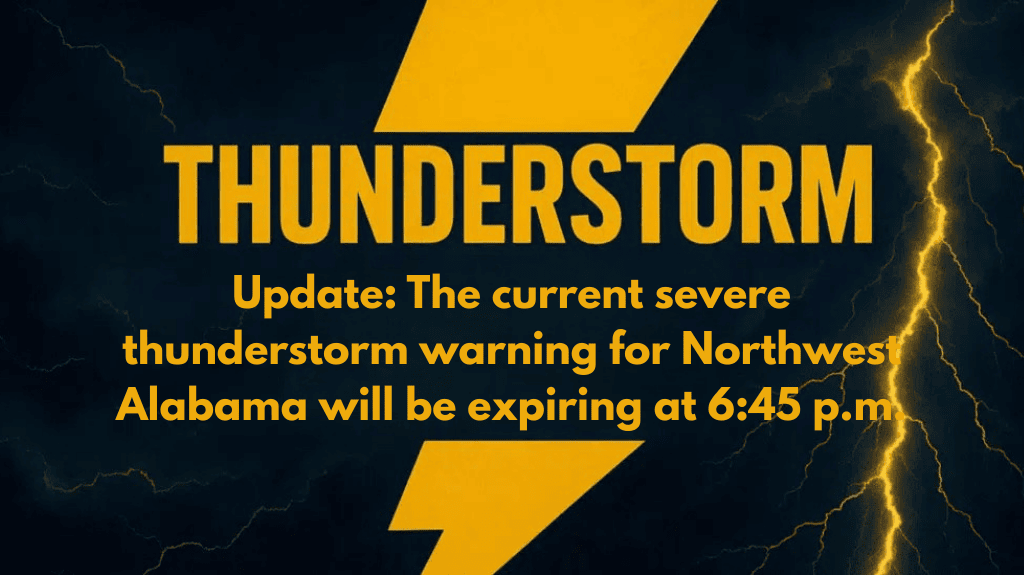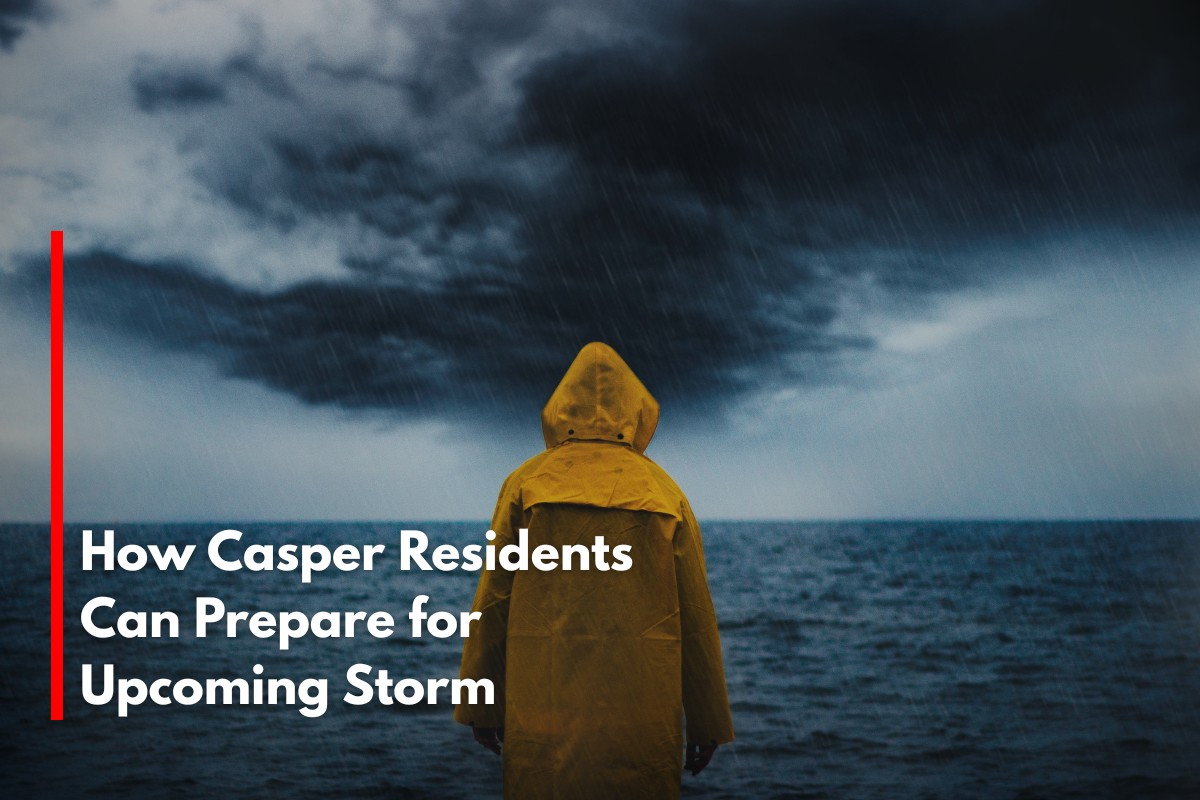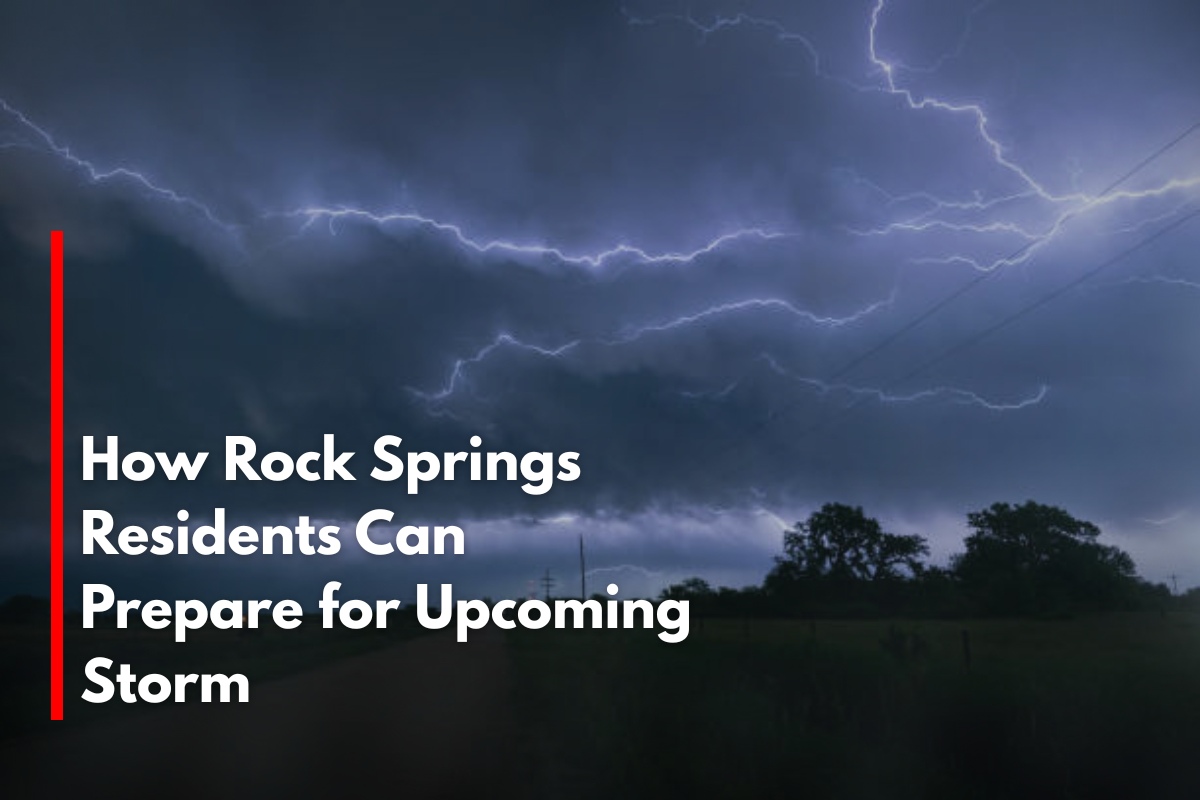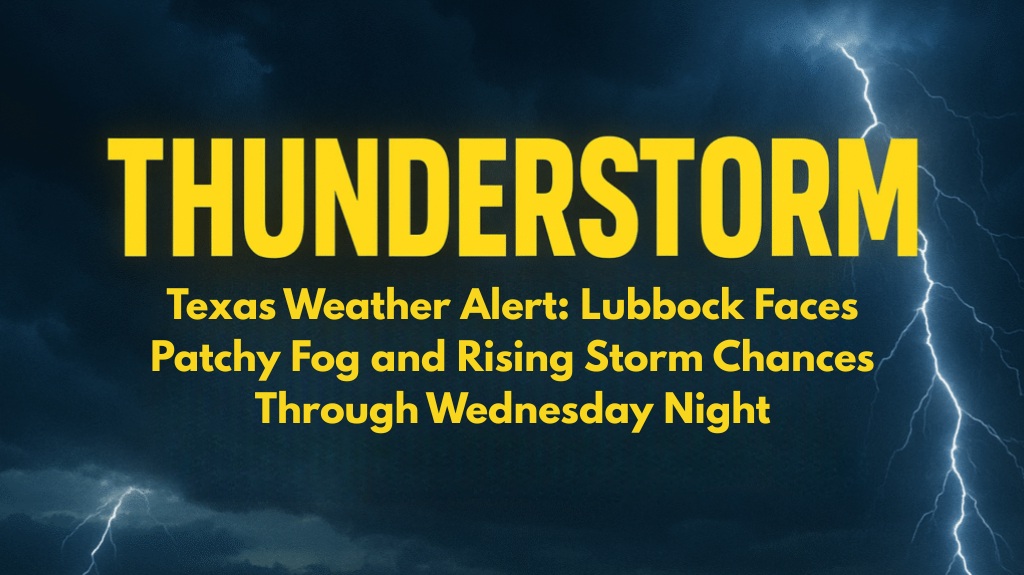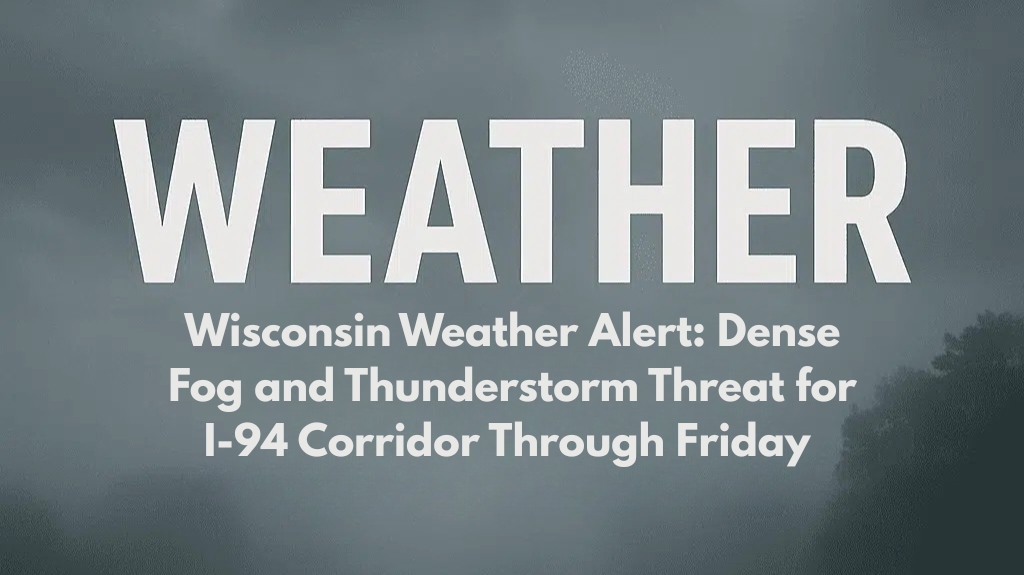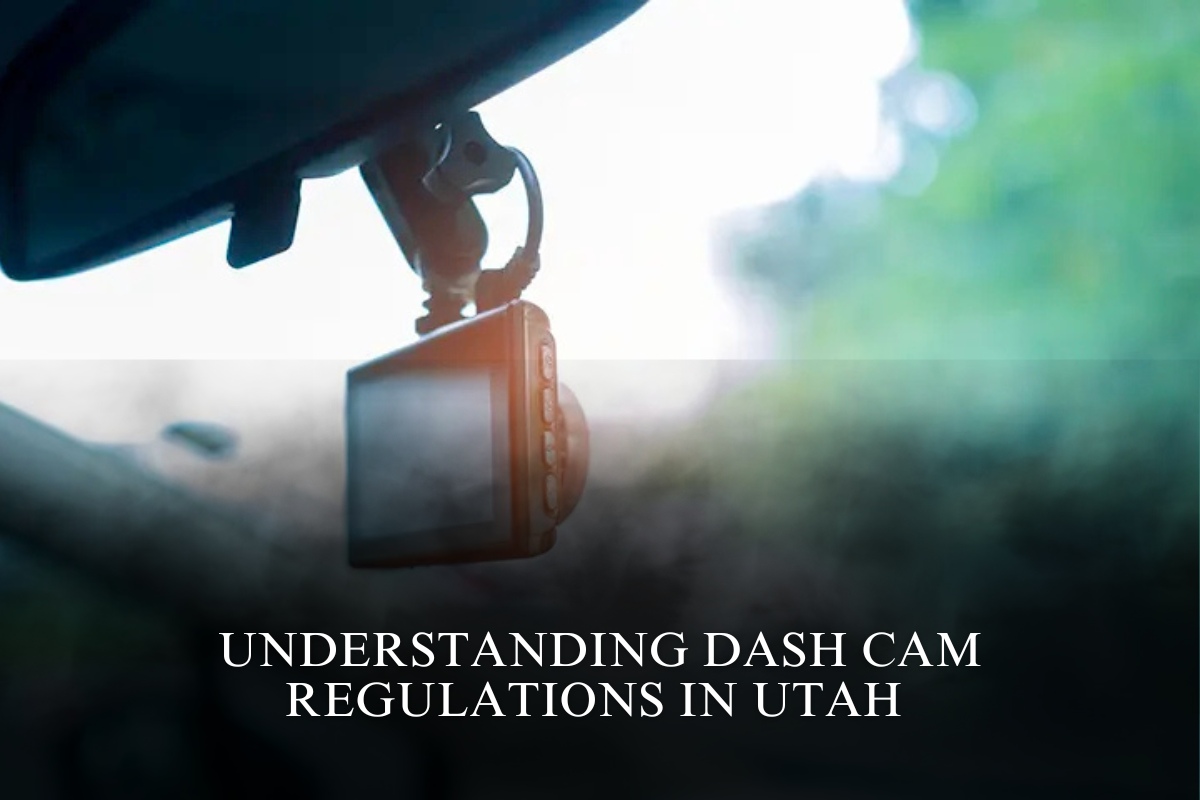The current severe thunderstorm warning for Northwest Alabama, covering Colbert, Franklin, Lauderdale, and Lawrence counties, will expire at 6:45 p.m. According to the National Weather Service, the storm that prompted the warning has weakened and no longer poses an immediate threat to life or property. Therefore, the warning will be allowed to expire.
Thunderstorm Safety Guidelines: Prepare for Lightning Strikes
Each year, lightning strikes the United States around 25 million times, mostly during the summer months. With an average of 20 fatalities annually due to lightning, it’s critical to take precautions when thunderstorms approach.
As storms draw near, the risk of lightning-related incidents increases, reaching its peak when the storm is directly overhead. The threat gradually recedes as the storm moves away. Here are expert safety recommendations to help you stay safe when thunderstorms are in the area:
Lightning Safety Plan
Be Prepared: Always have a lightning safety plan when outdoors. Pay attention to the sky for signs of an impending storm and listen for the sound of thunder. If you hear thunder, it means lightning is nearby.
Seek Shelter: Find shelter as quickly as possible. The safest option is indoors, where you are protected from lightning strikes.
Indoor Safety Measures
Once indoors, there are several steps you should follow to minimize the risks of lightning strikes:
Avoid Corded Phones and Electronics: Refrain from using landline phones, electrical appliances, and plumbing fixtures. Lightning can travel through conductive paths, putting you at risk if you are in contact with these items.
Stay Away from Windows and Doors: Do not stand near windows or doors during a storm. A lightning strike can cause glass to shatter, posing a danger.
Wait for the All-Clear
Post-Storm Safety: After the last lightning strike or thunderclap, wait at least 30 minutes before resuming any outdoor activities. Even if the storm appears to have passed, lightning can strike again, and it’s safer to wait for the storm to fully dissipate.
Outdoor Safety Tips When Shelter is Not Available
If you are outdoors without access to indoor shelter, it’s essential to take extra precautions to minimize your risk during a thunderstorm:
Avoid Open Areas: Do not stand in open fields, hilltops, or ridge crests. These high, exposed areas increase the likelihood of being struck by lightning.
Stay Clear of Tall Trees: Tall, isolated trees attract lightning. In wooded areas, stay near smaller trees or under the canopy to reduce your exposure.
Spread Out in Groups: If you are with others, ensure everyone is spread out to reduce the risk of multiple people being struck by the same lightning strike.
Avoid Camping in Open Areas: Do not set up camp in an open field or forest during a thunderstorm. If camping is necessary, seek shelter in a valley, ravine, or other low-lying areas. A tent offers no protection against lightning.
Stay Away from Water and Metal: While water and metal do not attract lightning, they are excellent conductors of electricity. Avoid contact with these materials during a storm.
By following these safety measures, you can significantly reduce the risk of lightning-related injuries and fatalities. Always prioritize your safety when storms are imminent.
Navigating Heavy Rain: Essential Safety Measures for Wet Roads
Heavy rainfall can turn roadways into hazardous conditions, leading to accidents and other dangers. Whether you’re driving or walking, being prepared for wet roads is essential. Here are key safety tips to help you stay safe during heavy rainfall:
Beware of Swollen Waterways
Stay Clear of Waterways: During heavy rain, swift-moving water in culverts, drainage ditches, and other waterways can pose a significant threat. Avoid parking or walking near these areas.
Safe Driving Tips for Heavy Rain
Maintain Safe Distances: In heavy rain, adhere to the two-second rule for maintaining a safe following distance. Allow an extra two seconds to account for the reduced traction and braking effectiveness on wet roads.
Reduce Speed: Lower your speed when driving on wet roads to give yourself more time to react to potential hazards. Avoid sudden accelerations or braking, which can cause your vehicle to skid.
Choose Your Lane Wisely: Water tends to pool in the outside lanes, so it’s best to stay toward the middle lanes when driving in heavy rain.
Use Your Headlights: Turn on your headlights to improve visibility. Be especially cautious of other vehicles that may be hard to see due to rain-splattered windows.
Watch for Slippery Roads
First Half-Hour of Rain: Roads are typically slickest during the first 30 minutes of rainfall as rain mixes with oil and grime on the road surface. Exercise extra caution during this period to avoid losing traction.
Avoid Large Vehicles
Keep Distance from Large Vehicles: Don’t follow large trucks, buses, or other big vehicles too closely. Their tires can create significant spray, which reduces visibility and makes it harder for you to see the road.
Cautiously Pass Large Vehicles: If you need to pass a large vehicle, do so with caution. Keep a safe distance and ensure visibility is clear before moving into the next lane.
Mind Your Windshield Wipers
Ensure Functioning Wipers: Properly maintained windshield wipers are crucial for visibility in heavy rain. If your wipers aren’t clearing the rain effectively, pull over and wait for conditions to improve. It’s better to wait for the rain to ease than to drive with poor visibility.
If Stopping Is Necessary
Pull Over Safely: If you need to stop on the side of the road, position your vehicle as far off the road as possible, ideally beyond guardrails. Keep your headlights on and activate your emergency flashers to alert other drivers of your position.
By following these essential driving and walking tips, you can navigate heavy rainfall with greater safety and confidence.
Stay Prepared and Safe
The key to ensuring your safety during thunderstorms and heavy rainfall is preparedness. Whether you’re dealing with the risk of lightning or wet roads, taking the right precautions can help you avoid harm. Always stay informed about weather conditions, heed warnings, and follow expert safety recommendations to protect yourself and others.
